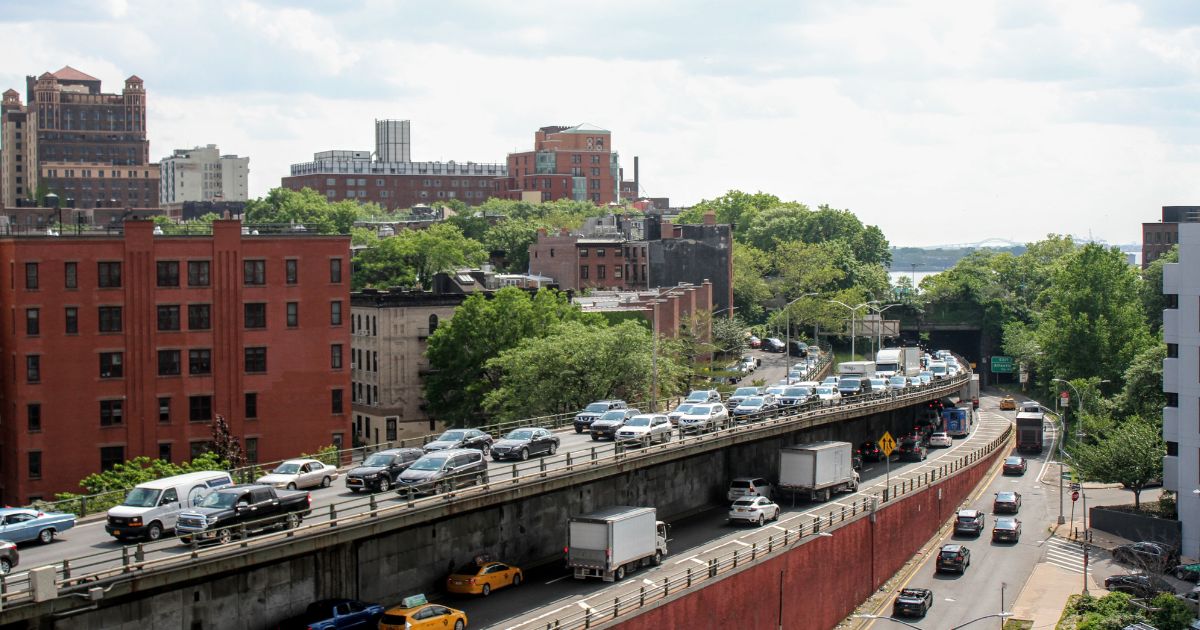
Right now, the City of New York is hammering out the final details in their Central Business District Tolling Program, a congestion pricing plan that will charge drivers as much as $23 for entering lower Manhattan (below 60th Street) during peak hours. The goal of congestion pricing is to reduce traffic congestion, improve air quality, and, most importantly, create revenue for mass transit agencies.
It might seem that this is a local, big city issue, but municipalities across the country may find this to be a solution to the critical budget shortages their agencies have faced since Covid. For New Yorkers, who have had to travel on underfunded buses and subways for decades, the policy could be a godsend since the Metropolitan Transit Authority has a projected $3 billion deficit. In addition to reducing the deficit and improving service, congestion pricing is predicted to reduce Manhattan’s endemic traffic jams and improve air quality. Both have been proven to result from congestion pricing that was implemented in London (resulting in a 30% drop in traffic within the first year) and Stockholm (which saw a double-digit drop in carbon dioxide pollution).
There are some downsides to congestion pricing. It’s a regressive way to reduce traffic congestion because it places a heavier financial burden on working class drivers than on those who will find a $23 dollar charge negligible. And it can increase costs for businesses that rely on deliveries – costs that will be passed on to consumers. There is also the real possibility that drivers will divert their routes through poorer neighborhoods, like Upper Manhattan or the Bronx, to avoid the charge. However, the plan does mitigate this somewhat – only charging vehicles once per day and providing a tax credit for lower-income residents.
The benefit is of course that congestion pricing will generate revenue that can be used to improve public transportation or other transportation infrastructure. The new tolls are projected to raise $1 billion yearly, which can be used by the Metropolitan Transportation Authority for upgrades to subway, bus, and Long Island Railroad and Metro North commuter rail systems.
This project is not immune from political opposition. There are complaints from across the Hudson River, featuring strong language from NJ legislators. New Jersey Senator Bob Menedez and Govenor Phil Murphy have filed a lawsuit to block the proposal, with Menedez stating, “As the senior senator of New Jersey, I have made it abundantly clear that it’s unacceptable for New York to try balancing its budget on the backs of New Jersey commuters. Their proposed congestion tax scheme is nothing more than a shakedown and must be defeated.” His argument is less compelling given the reality that large numbers of New Jersey commuters already use mass transit. Notes Jaqi Cohen, the director of climate and equity at the Tri-State Transportation Campaign in this article, “So, few New Jersey residents will pay the charge and that is energy we would like to see him spend on sustainable transportation solutions here in New Jersey.”
Perhaps the heart of the disagreement is that adding additional pricing to tolls will reduce the monies currently collected by the NY/NJ Port Authority. New Jersey already faces a $917 million shortfall within the next two years.
Every city, and every transit agency, is different. Many other cities in the US are considering implementing congestion pricing, including Boston, Seattle, and Los Angeles. All will be interested to see how this policy change plays out for the country’s largest transit agency.